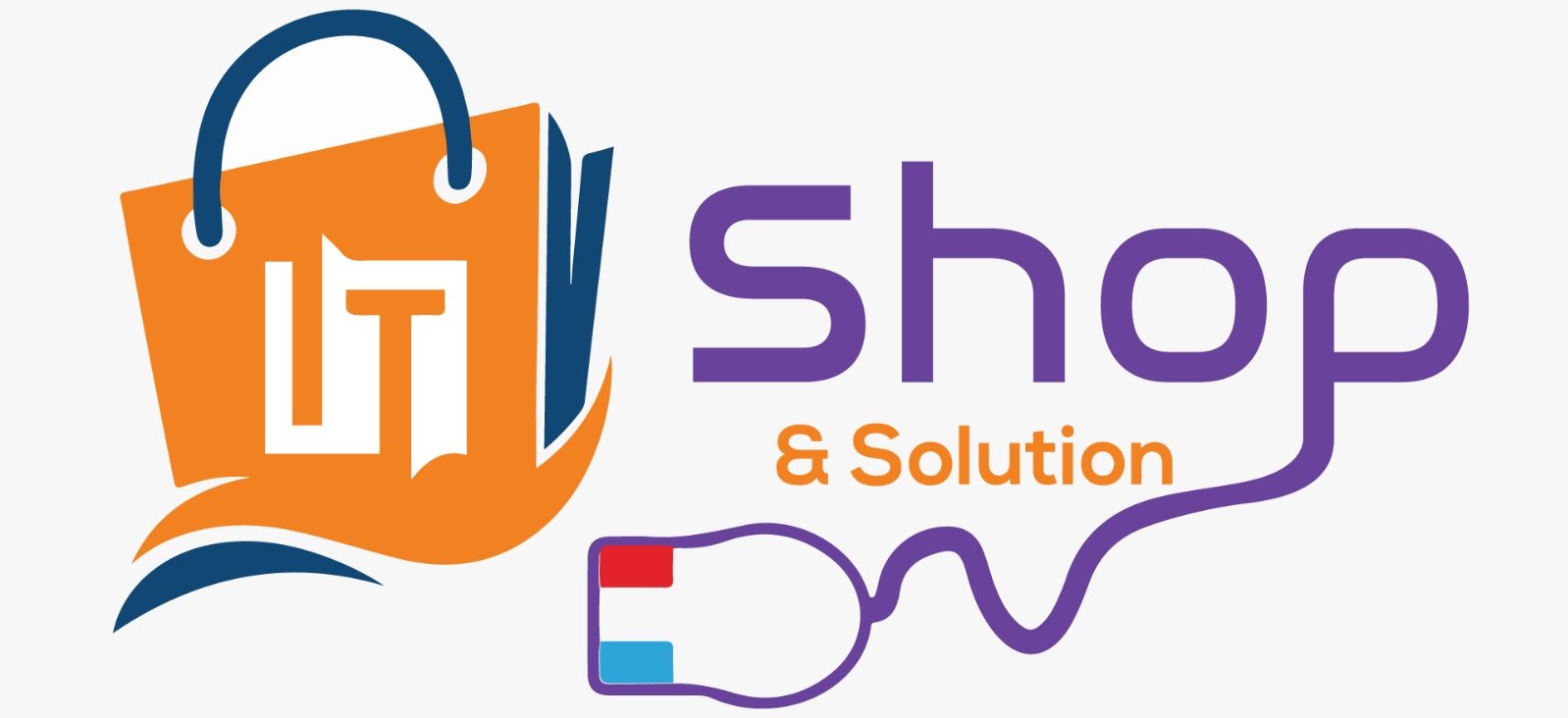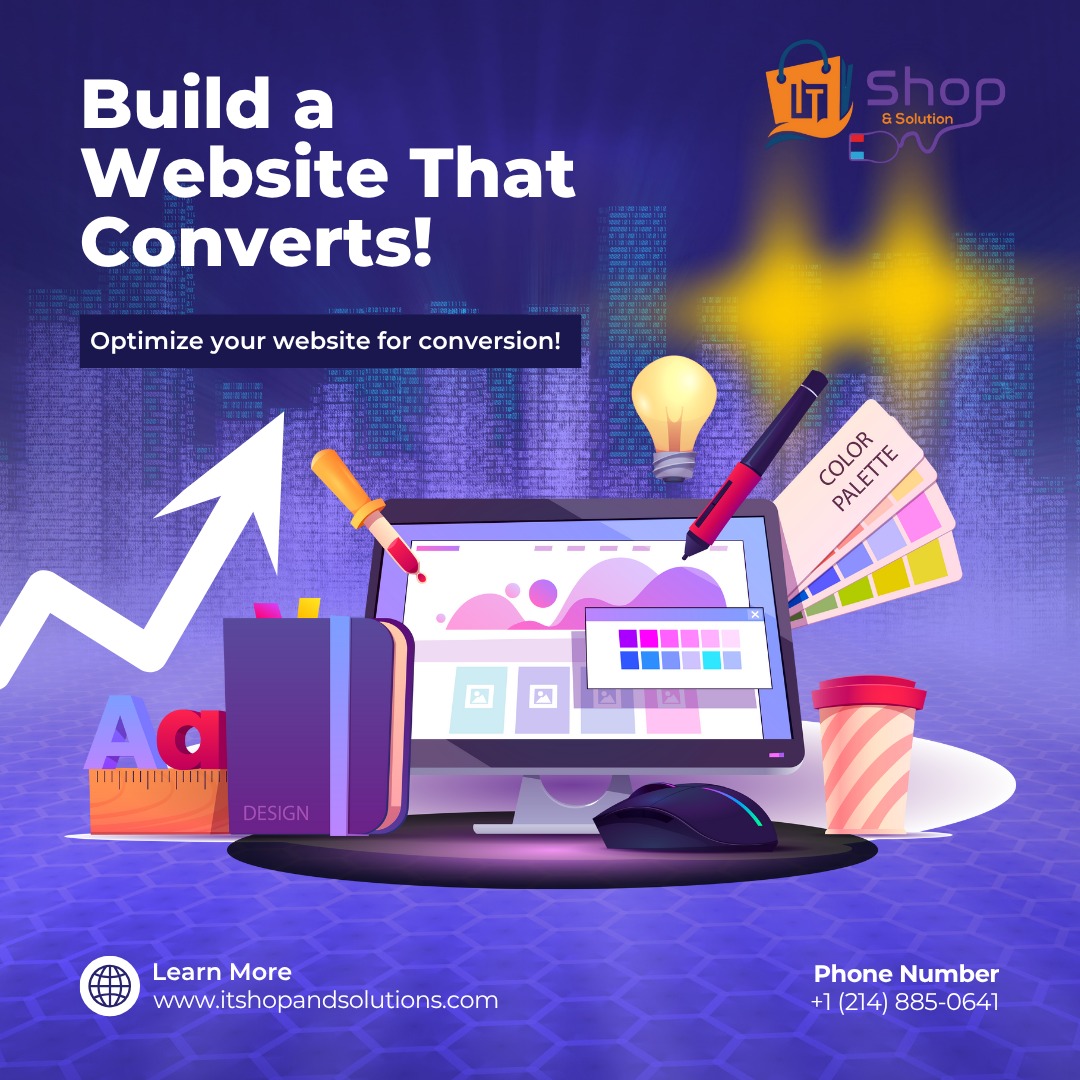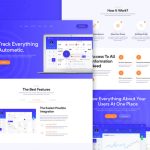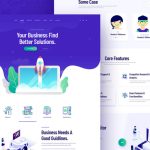Minimalism in web design is about stripping down to the essentials, reducing distractions, and focusing on content. As design complexity grows in many places, simplicity stands out.
Why Go Minimalist?
- Faster Loading Times:Fewer elements mean lighter pages
- Improved User Focus:Visitors concentrate on your message or product
- Easier Maintenance:Simple designs are easier to update
- Professional Aesthetic:Clean layouts look polished and modern
Key Elements of Minimalist Design
- White space: Create breathing room for content
- Limited color palette: Use 2–3 brand colors
- Simple typography: One or two clean fonts
- Flat icons: Use straightforward icons to communicate ideas
Examples of Minimalism in Action
- Google’s homepage: A search bar and logo
- Squarespace templates: Emphasis on whitespace and typography
- Apple product pages: Product imagery and minimal copy
When to Use Minimalist Design
- Portfolios: Let your work speak for itself
- Startups: Communicate a clear value proposition
- Product pages: Keep the focus on the CTA
Best Practices
- Start with wireframes to identify essential elements
- Eliminate non-functional elements
- Use a visual hierarchy to guide attention
- Let the content shine—don’t bury it in clutter
Common Pitfalls
- Too little content: Users might not understand your message
- Poor contrast: Make sure text is still readable
- Hard-to-find navigation: Keep menus accessible
Conclusion
Minimalist design isn’t about doing less—it’s about doing more with less. In the context of Custom E-commerce Solutions USA, this approach enhances user engagement, simplifies navigation, and improves conversion rates. Adopt minimalist design where clarity and speed are essential to delivering a seamless online shopping experience.











